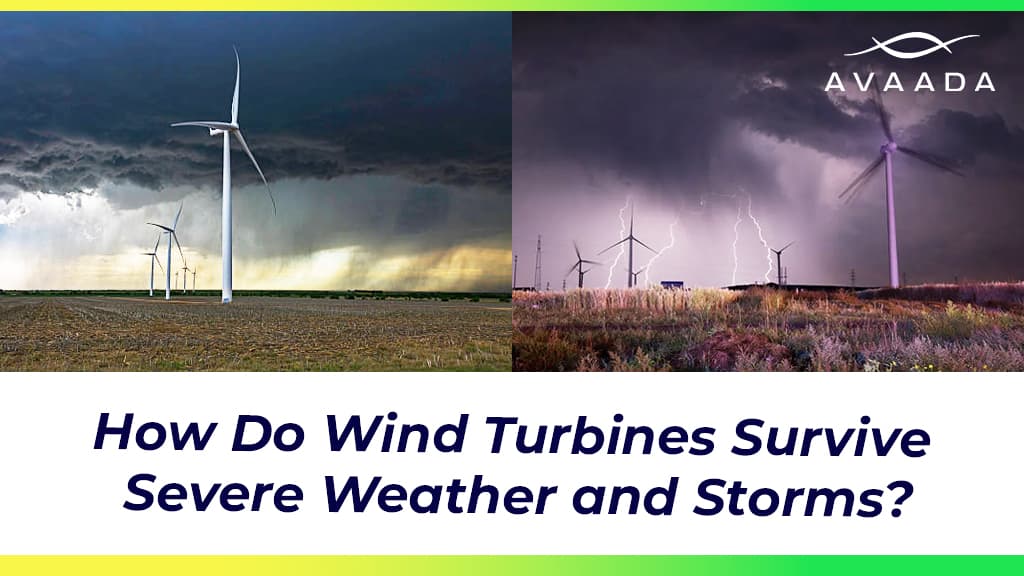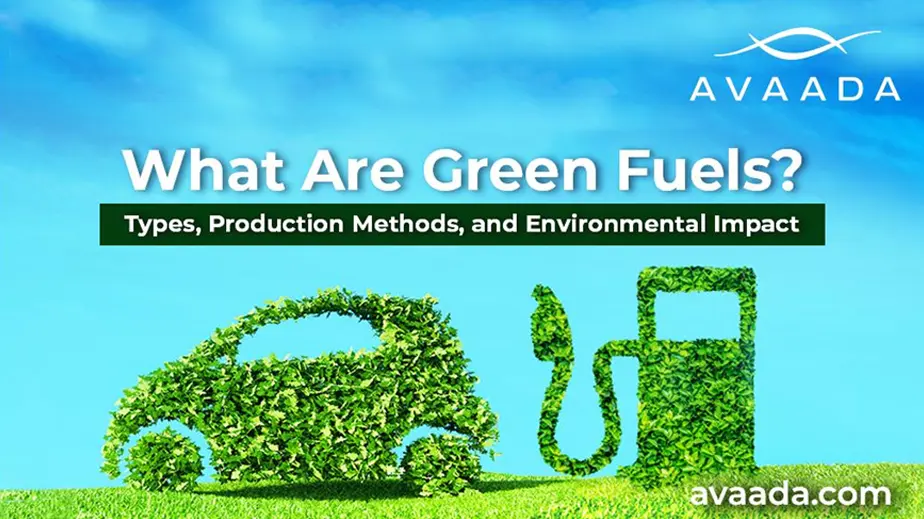As major wind turbines are placed in the whole world to facilitate its shift towards renewable energy, major issues come with regard to installation in different places that experience extreme weather. With more installations done by wind energy companies throughout the world, particularly those in areas prone to extreme weather, the worry about the survivability of these turbines has escalated tremendously.
How do wind turbines cope with the brutal forces of storms, hurricanes, and other nasty side effects of harsh weather events? This article explores the engineering innovations, materials, and strategies that enable wind power solutions to survive and keep running efficiently in the worst conditions.
The Resilience of Wind Turbines: Built to Endure
A wind turbine is designed to be strong, which can withstand heavy environmental factors like rain, snow, extreme heat, and powerful gusts of wind. We must look into the structure and design elements of a wind turbine to determine how it copes with severe weather.
1. Strong materials and engineering
Advanced materials are considered one of the significant factors that determine the durability of a wind turbine. It is basically constructed using advanced strength materials, including carbon fiber and steel, which determines endurance for mechanical and environmental stress.
The blade, tower, and nacelle housing the generator would remain basically intact even in extreme storms.
Turbine blades are designed specifically to be light yet robust. Often composite materials like fiberglass-reinforced plastics are used in their construction, which can bend under pressure without snapping, absorbing, and scattering energy from strong gusts of wind. Such elasticity is important for keeping the turbines alive in turbulent weather without breaking.
For insights on the lifespan of wind turbines and the possibility of extending their operational life, you can read our article How Long Do Wind Turbines Last?
2. Aerodynamic Design
Quite critically, design aerodynamics play a fundamental role in the handling of extreme weather by wind turbines. Blades on new turbines can pitch depending on the wind this is known as pitch control, enabling the rotor to restrain its speed during storms. The turbine adjusts the angles of its blades to reduce the force of the wind acting on it in order to prevent damage during storms or hurricanes.
Finally, the wind turbine design comes with a feature of rotation in an axis such that they face directly towards the wind. A name associated with this kind of characteristic of the blades is known as yaw control to ensure that snaps up as much energy as can be derived from wind while not straining too much over pressure when the cases are particularly stormy.
3. Automatic Shut-off Mechanisms
When the wind speed exceeds a certain limit, usually around 55 miles per hour or 88 kilometers per hour, turbines are intended to turn off their own action. This is actually a shutdown mechanism that helps prevent drastic wind speed-caused structural damage. The brake is applied, and the turbine stops the operation of the blades, relieving the load on the system as a whole, until the wind reaches a safe speed to resume operation.
This ensures that the turbines are safe and operation-ready after storms and prevents maximum downtime as well as fewer wind energy companies’ maintenance costs. Automatic shut-offs allow the turbines to survive severe storms; hence, the infrastructure is well preserved in its longevity.
Surviving Hurricanes and Tornadoes: Advanced Design Features
When it comes to typical storms, the challenge is already there. The additional risks of hurricans and tornadoes are added because the wind patterns are much more unpredictable and extreme. Engineers working on a solution for wind power designed their turbines to be able to withstand such much more extreme events.
1. Taller Towers, More Resilience
High tower turbines are usually put up in areas prone to hurricanes or storms. The reasons for such installation are that at an altitude beyond the towers, the blades can function at a point where the wind is not turbulent and obstacles on the ground do not hamper it much, thus not too much pressure is put on the blades and the whole structure when there are storms.
Additionally, taller turbines have more advanced monitoring devices that are able to detect a change in wind direction and velocity by one degree. This equips the turbine to pitch correctly and yaw accordingly for a seamless flow of wind and continuous spinning of the turbines. Without such systems, such abrupt changes as in hurricanes or tornadoes can severely damage the turbines.
2. Stronger Foundations
Hurricane-prone areas mean one of the most extreme weather conditions: a turbine’s foundation would matter much when placing it. To make the foundations in hurricane-prone areas stronger, engineers dig them down the ground and use bigger concrete bases to supply more reinforcing support. This reinforces the fact that not only will it have the strength of the wind but also the potential flooding and soil erosion to rummage through during hurricanes and stormy conditions.
The role of wind energy companies in weather preparedness is critical beyond just the engineering and design of the turbines themselves.
For a closer look at how wind energy is shaping India’s renewable energy future, check out this detailed article on Wind Energy: Potential of India.
Monitoring systems, regular maintenance, and real-time data analysis are essential components of this preparedness.
Most wind power solutions incorporate weather tracking, thus allowing energy companies to modify the operation of their turbines as an approaching storm draws near. With this close tracking of changes in weather patterns, these companies can expect when they should close down turbines, avoid damage, and then be in a better position to recover after the storm.
Conclusion
Wind turbines are an amazing feat of engineering that have been designed to harness the power of the wind while living through some of Mother Nature’s harshest conditions. Improved materials, a shape tailored to aerodynamics, self-stop features, and continuous surveillance all contribute to wind power solutions providing consistent energy in stormy areas. Companies looking to provide wind energy services will be challenged further as the need for renewable energy advances and as reality sets in that an ever less predictable climate situation is continually mounting the needed resilience of turbines. Wind turbines are designed to manifest durability and sustainability as an essential form of infrastructure in the global shift towards renewable energy, demonstrating exactly how the power of nature can be leveraged under very adverse conditions using the right kind of technology.








